
National holidays, while celebrated by people, aren’t always cause for celebration by our cats. For them, a holiday like the 4th of JULY means one thing: fireworks. Or simply put: NOISES, LOUD and SUDDEN noises.
Fortunately there are various ways to deal with your kitty’s paw-tential distress both before and after the fireworks have begun.
Keep your cat indoors on the day of the fireworks -- especially those allowed outside for brief periods of time. Since she may attempt to slip outside or even bolt in terror because of the flashes and sounds, take extra care when opening and closing all exterior doors. But if the unthinkable happens and she does escape, for your peace of mind and her ultimate safety, have her micro-chipped.
Forego the pleasure of leaving to watch the fireworks yourself, and stay home. Even if your cat hides or refuses to interact with you, she’s far better off with you there than being left on her own.
Close all windows and draw all curtains and blinds to help buffer the sounds and dim the unsettling flashes of light.
Provide your cat with a “safe” room equipped with several cozy hiding places, a litter box and a water bowl, and settle her in there before the fireworks start. If she’s especially fearful, create a tunnel to the litter box or use one you already have to keep her from feeling too exposed. An alternative is to purchase a specially designed “cave-style” bed for her to curl up in.
Set up a Feliway diffuser in her “safe” room. It contains synthetic feline facial pheromones that are said to have a calming and comforting effect on cats.
Turn on the TV or play music to create a noise distraction. Choose music (classical is best) that is soothing and play it at a comfortable volume. Don’t attempt to drown out the fireworks by upping the volume because it’s not only the sudden, loud bangs that frighten your cat but the whizzing and whistling sounds accompanying them as well.
Try to distract your cat by using a fishing pole-type toy to engage her in playtime or set out several tempting food-puzzle toys to whet her appetite and curiosity.
While some cats may find comfort in their solitude, others may crawl into your lap and bury their heads in the crook of your arm to be petted and stroked. What’s important, however, is to respect your own kitty’s preference, thus allowing her to be comforted the way SHE wants to be comforted.
Never give your cat any of your own anti-anxiety medications! Consult your vet, who may recommend an OTC supplement such as Zylkene (it works best if begun several days beforehand) or prescribe an anti-anxiety medication for your fearful feline.
But, whichever path you choose, follow it with kindness, patience and love. Think back to the sounds that may have frightened YOU as a child, and you’ll know just how your purr-ecious pet feels.
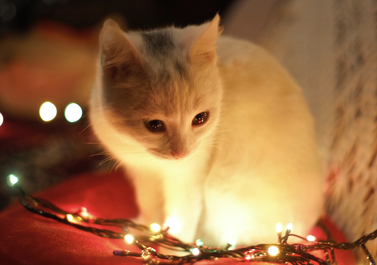
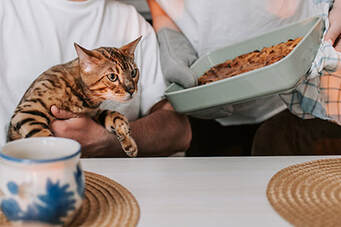
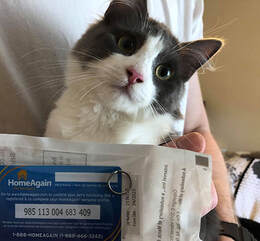
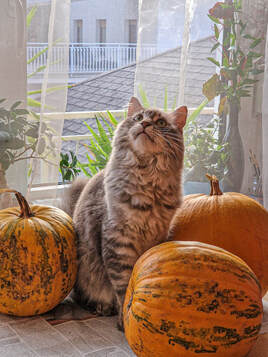
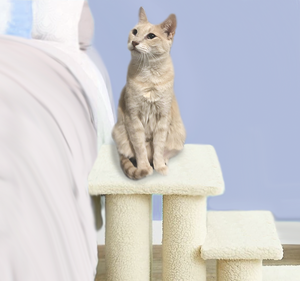
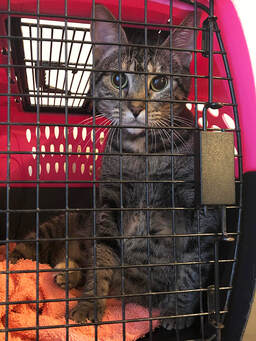
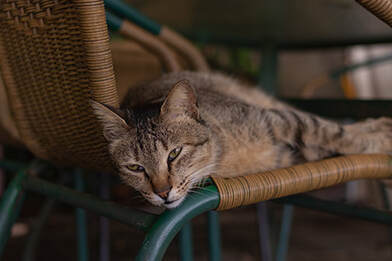
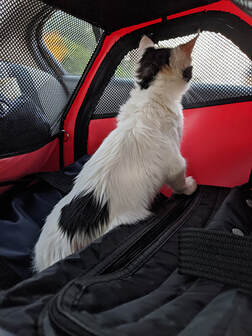
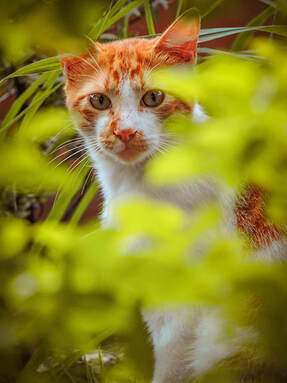









 RSS Feed
RSS Feed